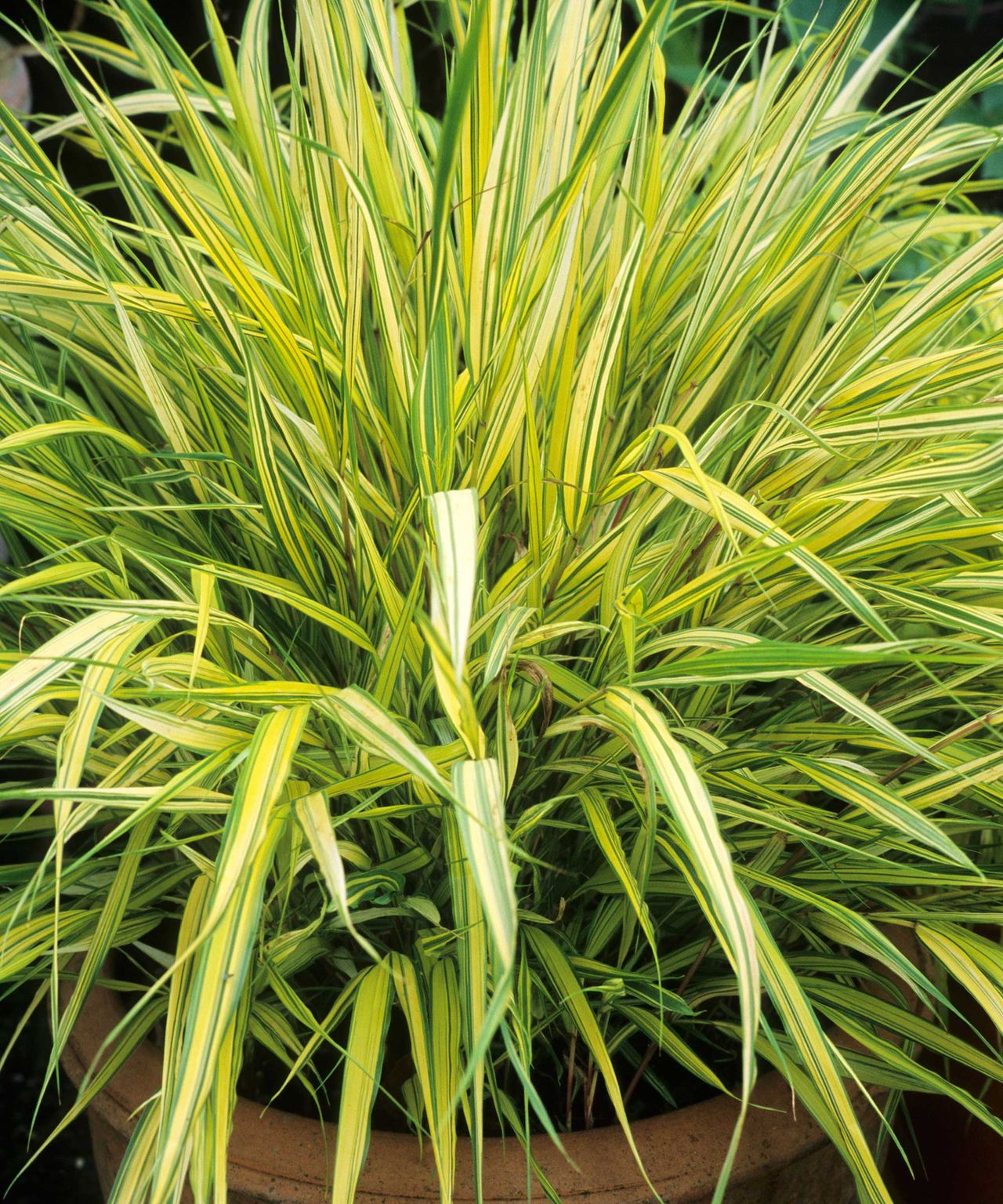How to Build a Self-Watering Container Garden

Are you dreaming of a lush, vibrant garden but lack the space or time for traditional gardening? Welcome to the world of self-watering container gardens—a DIY gardening solution that's both water-efficient and perfect for urban environments. Imagine a garden that waters itself, allowing you to enjoy fresh herbs, vegetables, and flowers with minimal effort. Intrigued? Let's dive in and explore how to build a self-watering container garden that will transform your space into a green oasis.
Understanding Self-Watering Systems
Self-watering systems are ingenious designs that ensure your plants receive just the right amount of water. Think of it as a miniature ecosystem where a reservoir at the bottom of the container feeds water to the soil through a wicking mechanism. This not only saves you time but also promotes healthier, more robust container plants.
Benefits of Self-Watering Container Gardens
- Water Efficiency: Reduces water waste by delivering water directly to the roots.
- Time-Saving: No more daily watering; the system does it for you.
- Healthier Plants: Consistent moisture levels prevent overwatering and underwatering.
- Ideal for Urban Gardens: Perfect for small spaces like balconies, patios, and rooftops.
Materials You'll Need
Before you start, gather the following materials:
- Large plastic container (with a lid)
- Smaller plastic container (to fit inside the larger one)
- PVC pipe (for the water reservoir)
- Potting soil
- Gravel or pebbles
- Plants (herbs, vegetables, or flowers)
- Drill
- Scissors or a sharp knife
Step-by-Step Guide to Building Your Self-Watering Container Garden
Step 1: Prepare the Containers
Start by selecting your containers. The larger container will act as the outer shell, while the smaller one will hold the soil and plants. Ensure the smaller container has drainage holes at the bottom.
Step 2: Create the Water Reservoir
Cut a hole in the lid of the larger container, slightly smaller than the diameter of the smaller container. This will allow the smaller container to sit securely inside the larger one.
Next, cut a hole in the bottom of the smaller container. This hole should be large enough to fit the PVC pipe, which will act as the water reservoir.
Step 3: Assemble the System
Place the smaller container inside the larger one, ensuring it fits snugly through the hole in the lid. Insert the PVC pipe through the hole in the bottom of the smaller container, extending it to the bottom of the larger container.
Step 4: Add Gravel and Soil
Fill the bottom of the smaller container with a layer of gravel or pebbles. This will help with drainage and prevent the soil from clogging the water reservoir.
Next, add your potting soil, filling the smaller container almost to the top. Leave enough space for your plants.
Step 5: Plant Your Garden
Now comes the fun part—planting! Choose your favorite herbs, vegetables, or flowers and gently place them in the soil. Make sure to leave enough space between plants for growth.
Step 6: Fill the Water Reservoir
Finally, fill the water reservoir through the PVC pipe. The water will wick up through the gravel and soil, providing a steady supply of moisture to your plants.

Maintaining Your Self-Watering Container Garden
Congratulations! You've built your self-watering container garden. Now, let's discuss how to keep it thriving.
Watering Tips
- Check the Reservoir: Regularly check the water level in the reservoir and refill as needed.
- Avoid Overwatering: The beauty of this system is that it prevents overwatering, but it's still important to monitor your plants for signs of stress.
Fertilizing
- Use Liquid Fertilizer: Since the water is constantly moving through the soil, liquid fertilizers are ideal for self-watering systems.
- Follow Instructions: Always follow the manufacturer's instructions for dilution and frequency.
Pest Control
- Regular Inspections: Keep an eye out for pests and treat them promptly with organic or chemical solutions.
- Preventative Measures: Use natural repellents like neem oil or diatomaceous earth to deter pests.
The Joy of Urban Gardening
Urban gardening is more than just a hobby; it's a lifestyle that connects you with nature, even in the heart of the city. A self-watering container garden is a perfect way to bring a touch of green to your urban space, whether it's a balcony, patio, or rooftop.

Conclusion
Building a self-watering container garden is a rewarding DIY project that combines creativity with practicality. With a little effort and the right materials, you can create a water-efficient, low-maintenance garden that thrives in any urban environment. So, why wait? Get started today and enjoy the beauty and benefits of a self-sustaining garden.
FAQs
What are the best plants for a self-watering container garden?
- Herbs like basil, mint, and parsley, as well as vegetables like lettuce, spinach, and cherry tomatoes, thrive in self-watering systems. Flowers like marigolds, pansies, and petunias are also great choices.
How often should I refill the water reservoir?
- The frequency depends on the size of your reservoir and the water needs of your plants. Generally, you should check the reservoir every few days and refill as needed.
Can I use any type of container for a self-watering system?
- Yes, you can use various containers, but plastic is often preferred for its durability and ease of modification. Ensure the containers are food-safe if you're growing edible plants.
How do I prevent algae growth in the water reservoir?
- Algae growth can be minimized by keeping the reservoir covered and using dark-colored containers to reduce light exposure. Regularly cleaning the reservoir also helps.
Can I move my self-watering container garden indoors?
- Yes, self-watering container gardens can be moved indoors. Just ensure the plants receive adequate light and maintain proper humidity levels for indoor growth.
0 Response to "How to Build a Self-Watering Container Garden"
Post a Comment